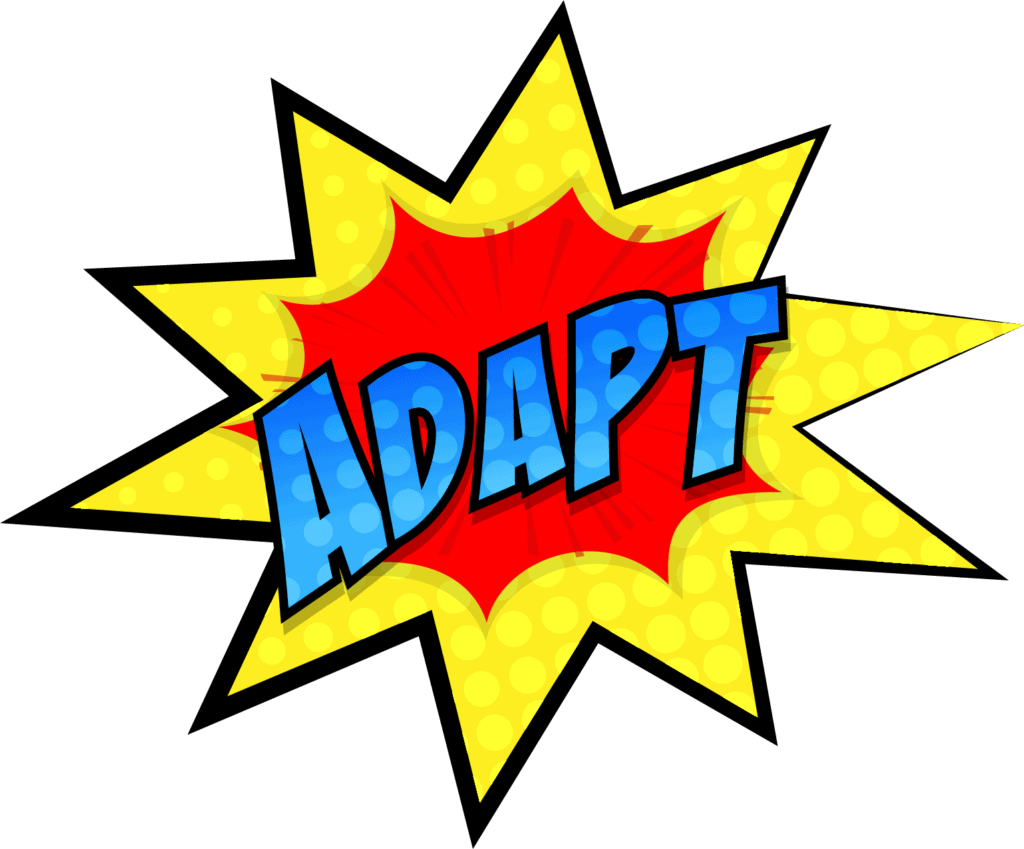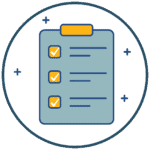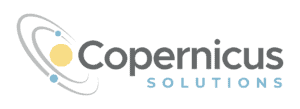Menu
ADAPTING YOUR SCOPE, SEQUENCE, AND PACE
How do you adapt your yearlong plans to teach priority content for the year?
WHY
- Scope, sequence, and pacing must be addressed in order to support the academic planning work to accelerate learning.
- A scope and sequence can be a powerful tool to help staff look ahead to see where development is going and intentionally scaffold their own learning.


KEY TAKEAWAYS
- Make the plan specific. Ensure your plan has action steps that are clearly delineated by time and by role. Clarity will help adoption and reduce friction and confusion.
- Plan ahead comprehensively. Invest the time now to make sure the plan maps out the full year. The best time to plan the calendar is before school starts.
- Check on resources. Ensure that all your schools have the resources, materials, and professional development opportunities needed to do this work.
- Create school systems to support your strategy. Your strategy will only work as well as your systems. Do you have a structured intervention block? Do you have a vertical alignment meeting structure set up for your teachers? Do you have a system for reporting and monitoring student performance on the standards you’ve prioritized? Your schools will need these systems and more to ensure that students master grade-level standards this year.
- Your LEA should create a comprehensive plan that takes into consideration the unique demographics of your community. Given time and resource constraints for some LEAs, the included tips may provide a starting point for leadership teams as they roll out a full reevaluation of their scope and sequence. For a deeper dive on prioritizing standards see these CDE’s resources.
CURATED TIPS
- Consider to what extent this work is already in place. There may already be a scope and sequence or pacing document created with priority content in mind. If not, the Collaborative for Student success offers some adapted scope and sequence plans from some reputable curriculum providers.
- Do not plan to address unfinished learning through “nine weeks of remediation” or another extended period of remedial content for students. It’s tempting to assume that students will need you to deliver the entire scope of content that they missed; however, we know that students spending significant time in below-grade-level content does not lead to grade-level learning. Instead, use the prioritized approach you previously developed to support your teachers in identifying which unfinished learning they should focus on.
- Set the expectation that teachers use curricular materials you provide. Encourage your teachers to use the curricular materials you provide, and ground your professional learning in support ng them to use those materials well. Teachers often spend a tremendous amount of personal time developing their own lessons even though evidence suggests teacher-created materials are not as strong as those pulled from high-quality curricular resources.
- Use curriculum with fidelity. If you are using a district-adopted curriculum, use the curriculum with fidelity. This allows time to plan for scaffolds and extensions that help the learning go deeper. If your school does not have an adopted curriculum, use Student Achievement Partners EQiP Math and ELA rubric guidance to evaluate teacher-created resources and make sure they are aligned to priority standards and rigorous.
- Adjust the calendar as needed. Compare prioritized content to the instructional calendar. Modify the calendars needed to help students reach the demands of accelerated learning. Keep in mind intervention needs, ELD supports, and other scheduling constraints. When there is less to cover, you can adjust your pacing around your instructional calendar.
VIDEO RESOURCE
“Adapting Your Scope and Sequence or Pacing Guide”, a 20-minute video developed by the CCEE and TNTP.
ADDITIONAL RESOURCES
- Collaborative for Student Success Crosswalks for adapted scope, sequence and pacing guides by some curriculum providers.
- Subject-specific resources:
- CCEE Field Guide resources for Accelerating Learning (ELA, math, science)
- Priority Instructional Content by Student Achievement Partners (ELA and math)
- Instruction Partners’ guide for pacing
- Math-specific:
- Grades K-8 ‘Where to Focus’ documents on mathematics also by Achieve the Core
- Coherence map (mathematics)
- CDE Standards Guidance Excerpt: Section B— Standards Guidance for Mathematics (pages 101–212)
- Updated Mathematics Framework for California Public Schools: K-12
- Video California Digital Integration & Standards Guidance Webinar 2: Designing Instruction
- Reading-specific:
- Achieve the Core offers a full library of resources related to text complexity
- Student Achievement Partners Literary Text Qualitative Measures Rubric
- ELA-specific:
- General resources:
- Instruction Partners Guidance for Accelerating Student Learning
- Helping All Kids Grapple with Grade-Level Content by Achieve The Core




